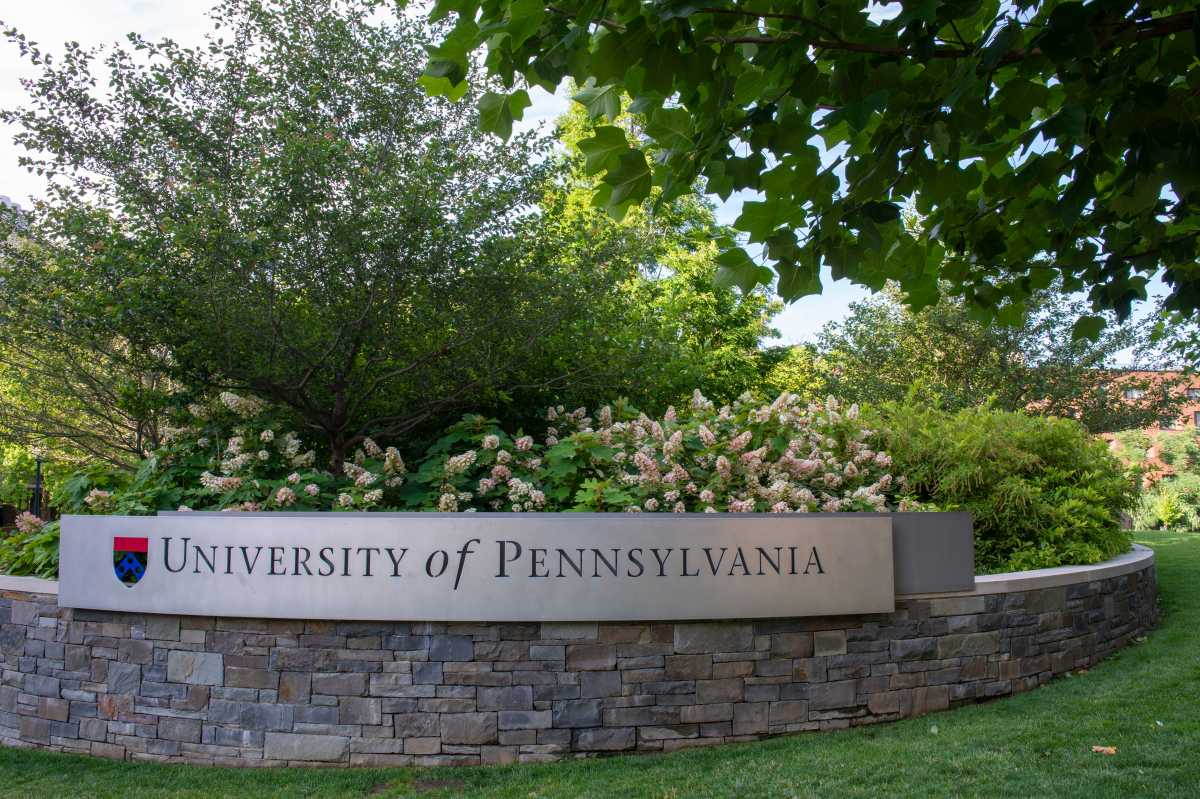As Philadelphia prepares to be one of 11 cities in the U.S. to host the 2026 FIFA World Cup, public safety remains top of mind as the city approaches major planned celebrations.
One of six FIFA World Cup games in Philadelphia will be hosted on the same day as the 250th anniversary of the Declaration of Independence on July 4, 2026.
AI tools join public safety playbook
Supporting response agencies across the country are reportedly turning to innovative tools, such as artificial intelligence (AI), to explore ways to enhance these public safety efforts.
Meta’s Llama AI model is one example, as organizers hosted a workshop Thursday at the University of Pennsylvania (UPenn).
The event focused on further pushing new ideas and collaborations of this use as emergency service agencies across the tri-state discussed the use of novel AI.
Workshops included using AI for disaster response, various Meta presentations from teams AI for Good, Fundamental AI Research, and Reality AI, in addition to researchers from UPenn.
Director Laura McGorman of Meta’s AI and Data for Good team says that UPenn researchers have already begun using Meta’s open-source AI models for the development of robotics for autonomous search and rescue.
“With rising temperatures and rising sea level, the threat of natural disaster increases every year. We already had an overly active 2025 hurricane and flood season,” said McGorman. “With Philadelphia being particularly prone to flooding events and extreme heat, we believe that artificial intelligence can be a very powerful tool to potentially mitigate some of this extreme weather and potentially respond more effectively should some sort of natural disaster occur.”
No matter the type of event, McGorman says Meta’s AI models are taking input and data from previous experiences to make predictions in a more automated and streamlined way.
“What we think is so powerful about the approach that Meta takes is that we open-source the mass majority of our models,” she added. “Anyone can download the code or recipe and then fine-tune it for their own application.”
Some AI examples that emergency service agencies would have access to would be programs that have tracked mobility data from previous evacuation patterns.
McGorman states her program has a long-standing set of relationships with nonprofits that use mobility data to better understand how people move away from danger.
Computer vision models from satellite imagery, internet imagery, or crowdsourced data from cellphones help with flood mitigation through efforts like remote sensing— the process of collecting data about an area without making physical contact.
AI in healthcare, security
This thought process also aligns with how research teams at UPenn are working toward security threats and healthcare preparedness in Philadelphia and beyond.
“I think this is the power of an open source approach. When Meta makes all of its code available for anyone to use and download, people don’t need to reinvent the wheel,” said McGorman.
This includes governments and research institutions, who can also take these models and download/fine-tune them for their specific use cases.
McGorman says there are a couple of projects to watch out for at UPenn, but one is for more autonomous healthcare diagnosis to improve initial primary care settings.
“If you have people who are wounded from a natural disaster or wounded service members, you can essentially build a robot that is running on a computer vision model built by Meta,” added McGorman.
Even without access to the internet, Meta’s Dinov2 model would allow a rover to maneuver around a ditch or difficult terrain to identify a person in need.
These are all things currently being researched in Philadelphia at UPenn that McGorman is looking forward to behind Meta’s open-source approach.
“How can we respond most effectively based on what we know from the past?” McGorman asked. “And hopefully use that for the future?”






























